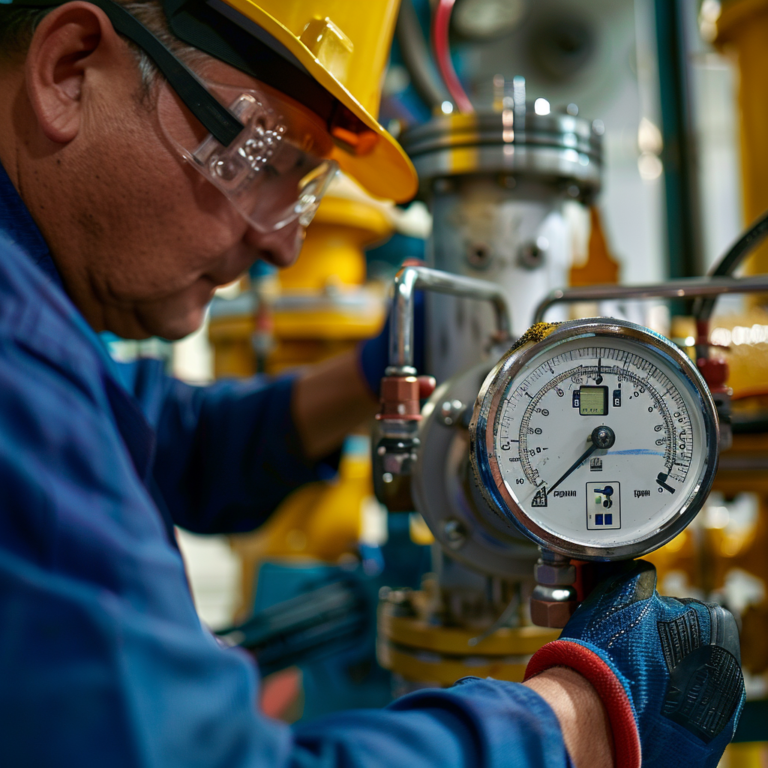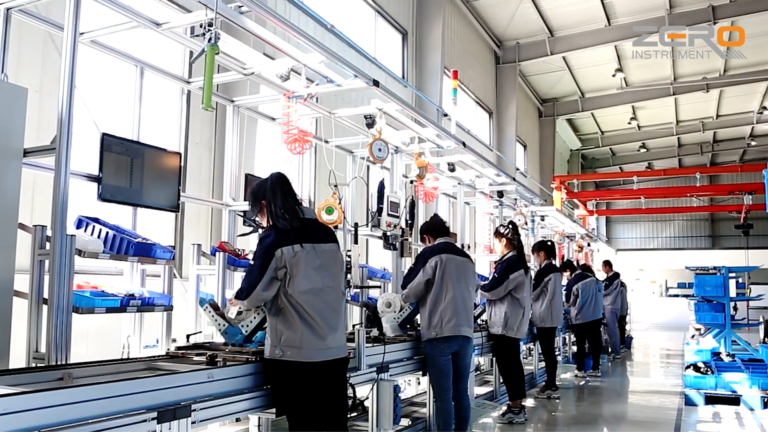There are many types of transmitters. According to the different physical quantities measured, they can be divided into pressure transmitters, liquid level transmitters, temperature transmitters, etc. According to the different output signal methods, they can be divided into analog transmitters and digital transmitters.
According to the structure, transmitters can be divided into ordinary type and isolated type transmitters. Today, let’s learn about the differences between ordinary type and isolated type transmitters.

The measuring diaphragm box of the ordinary transmitter is one, which directly senses the pressure and differential pressure of the measured medium. The measuring diaphragm box of the isolated transmitter receives the pressure of a stable liquid, which is sealed between two diaphragms.
The diaphragm that receives the measured pressure is the outer diaphragm, and the diaphragm of the ordinary diaphragm box is the inner diaphragm. When the outer diaphragm receives the pressure signal, the pressure of the outer diaphragm is transmitted to the ordinary diaphragm box intactly through the transmission of silicone oil, and the pressure felt by the outer diaphragm is measured.

The isolated transmitter is also called flange transmitter. The specific mechanism principle is to add a flange transmitter to the opening of the measured device. After installation, its sensing diaphragm is part of the device wall. When the transmitter measures a medium that is easy to crystallize, the ordinary transmitter is easy to cause the pressure pipe and the diaphragm box chamber to be blocked, thus affecting normal use. The isolated transmitter will not have this phenomenon.

As a user of the transmitter, you should fully understand the relevant differences before purchasing the transmitter and then make a choice.
